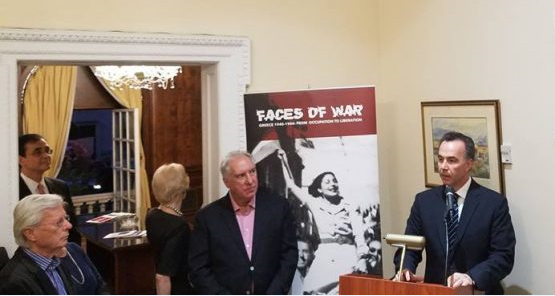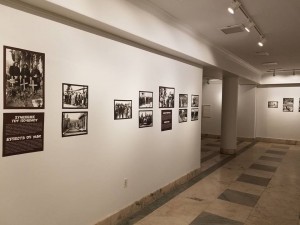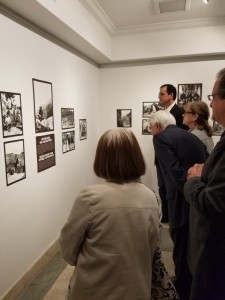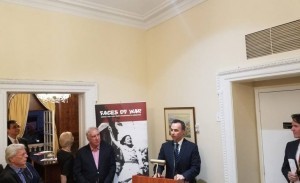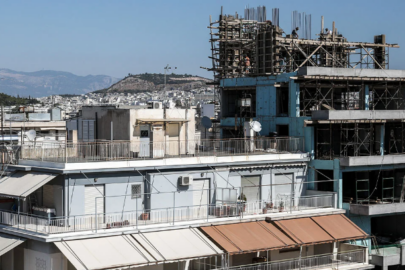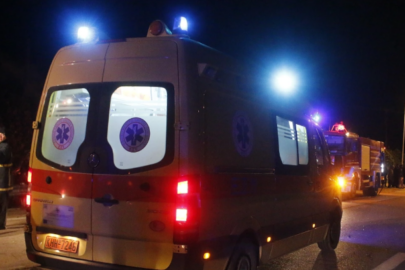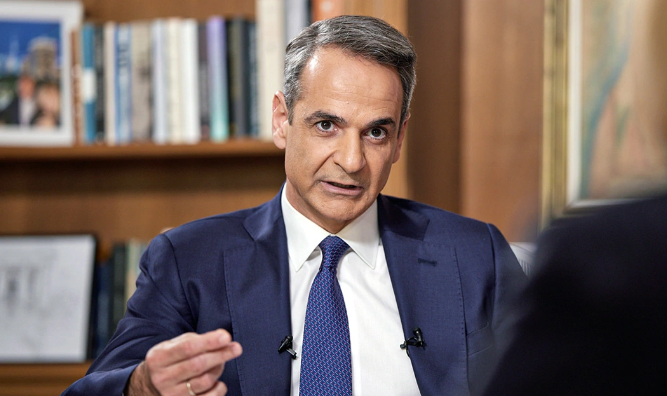Greeks have always had a reputation for being welcoming to outsiders, but on October 28, 1940, they said no. That no, “OXI”, spoken by Prime Minister Ioannis Metaxas in answer to Mussolini’s demand for surrender “surprised the Italians and the whole world,” said Consul General Konstantinos Koutras, at the photographic exhibition, ”Faces of War. Greece 1940-1944: From Occupation to Liberation”, commemorating OXI Day at the Consulate General of Greece in New York on October 18.
A sense of immediacy about the importance of bearing witness, now, again, to what happened in Greece in World War II, and to celebrate the heroism of the Greek people, was called up in the exhortation in the invitation to the opening of the exhibition: “It is our ultimate duty to honor in total the Greek people for their heroism, the sacrifices they endured, the fights they fought for independence, freedom, democracy and justice.”
Many, in the large audience of viewers, whose gaze—as they first entered the exhibition—was drawn directly across the room to a picture of a tiny child, starved to emaciation, holding up his hand to someone beyond the frame of the picture, experienced a moment of heart-stopping grief. An image so searing that it will linger for a long time. The section is titled FAMINE (THE FAMINE OF THE OCCUPATION), graphic photographs holding back nothing of the death, destruction, desperation, loss, suffering.
But there are photographs of jubilation, too. In one of the photos in the last of the exhibition’s 5 sections, LIBERATION, a jubilant girl, dressed in white, carried on the shoulders of a soldier, waves a Greek flag. The other sections are AT WAR (AT THE FRONT); EFFECTS OF WAR; and RESISTANCE AND ARMED OCCUPATION.
The original, unpublished photographs are from the archives of the Greek Secretariat General for Media and Communications and the Greek National Broadcaster ERT. The exhibition includes a documentary and a slide show. The new Director of the Press & Communications Office of the Permanent Mission of Greece to the UN, Ioannis Bouboukis thanked Consul General Koutras for their new collaboration and the staff and services of the General Secretariat of Information and Communication for providing the photographs.
Consul General Koutras spoke eloquently and with pathos about the enormous human loss, the massive death tolls during the German occupation: the almost total extinction of the Greek Jews; 1,100 dead in Kalavryta, 444 in Kommeno, Artas, 229 in Distomo, 290 in Mesobouno, 340 at the Ptolemaida Tower, 280 in Klisoura, Kastoria; the plunder of Kandanos in Crete; the 45,000 dead from the famine of Athens.
Detailing the movements and events of the war, Koutras explained that Greece suffered many disasters during the German occupation, among them the dissolution of the productive fabric of the country,compulsory lending by the Bank of Greece, plundered our archaeological treasure and works of art, and atrocities committed by the occupying troops, recognized holocausts throughout the Greek territory and executions of innocent civilians and children in retaliation for their acts of resistance.
On October 12, 1944, the Germans left Athens and Greece he said, “So ended a four-year war that wrote pages of glory in the history of our country. Consul General Koutras ended his talk with much-needed encouragement to Greece, saying, “1940-2017. 77 years have passed since that time. The dangers remain, as the war today is economic, spiritual, moral. The heroes of the 1940s epitomize the ideals that have characterized the Greek for 3,000 years: love of freedom, consistency in the performance of duty, debt to history, love for God and the homeland. With these resources, Greece will once again be victorious in this modern war. It will again win its honor and its place in history. ΖΗΤΏ Ή ΕΛΛΑΣ.”
The Consul General introduced the newly-arrived Consul of Greece Lana Zochiou. George Michailidis, Director of the Trade Office, Vassilis Liveris, of the Hellenic Ministry of Justice, Transparency and Human Rights, Ambassador Loucas and Penny Tsilas, President of the Atlantic Bank and the Hellenic American Chamber of Commerce, Nancy Papaioannou, Rev. Fr. Robert and Presbytera Nikki Stephanopoulos, Kostas Mastoras, owner of TITAN, Optima Foods, were among those present. This was the last event attended by Lampros Kizis of the Press & Communications Office in New York before his reassignment to Beijing, China. His helpful services and cheerful disposition will be missed.
The exhibitions and presentations about Greek and Greek American history and cultural production (including its presentation of the Annual New York City Greek Film Festival), hosted by the Consulate General of Greece in New York are significant in unifying the Greek American community and boosting the morale of a struggling country in crisis.
“Faces of the War. Greece: 1940-1944: From the Occupation to Liberation” is open to the public at the Greek Consulate General in New York until Friday, November 3. Exhibition hours: Monday–Friday, 9 AM to 2:30 PM.
An exhibition titled, “Daily Bread-Photographs from Rural Greece”, by Beatrice Hamblett, photographs on the theme of the everyday lives of people living simple lives in small villages across Greece, in a modern context, will be the next exhibition at the Consulate General, in November.
Source: greeknewsonline.com

